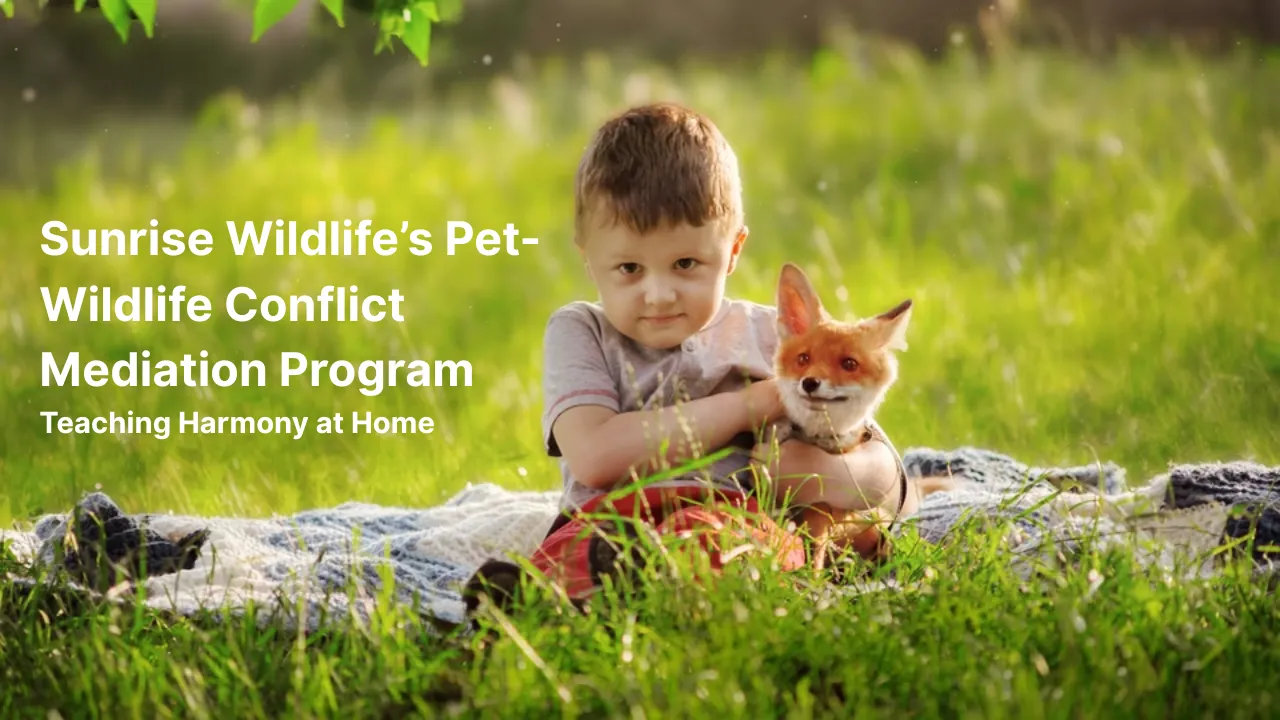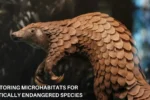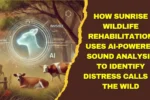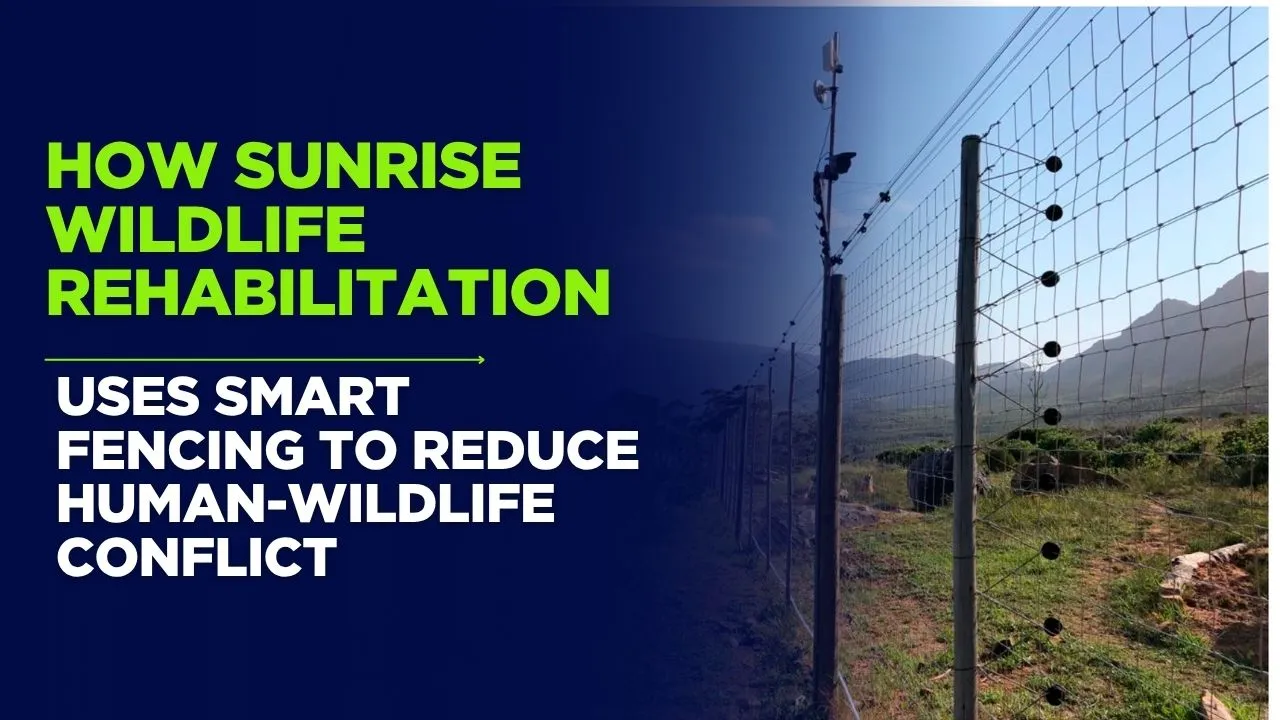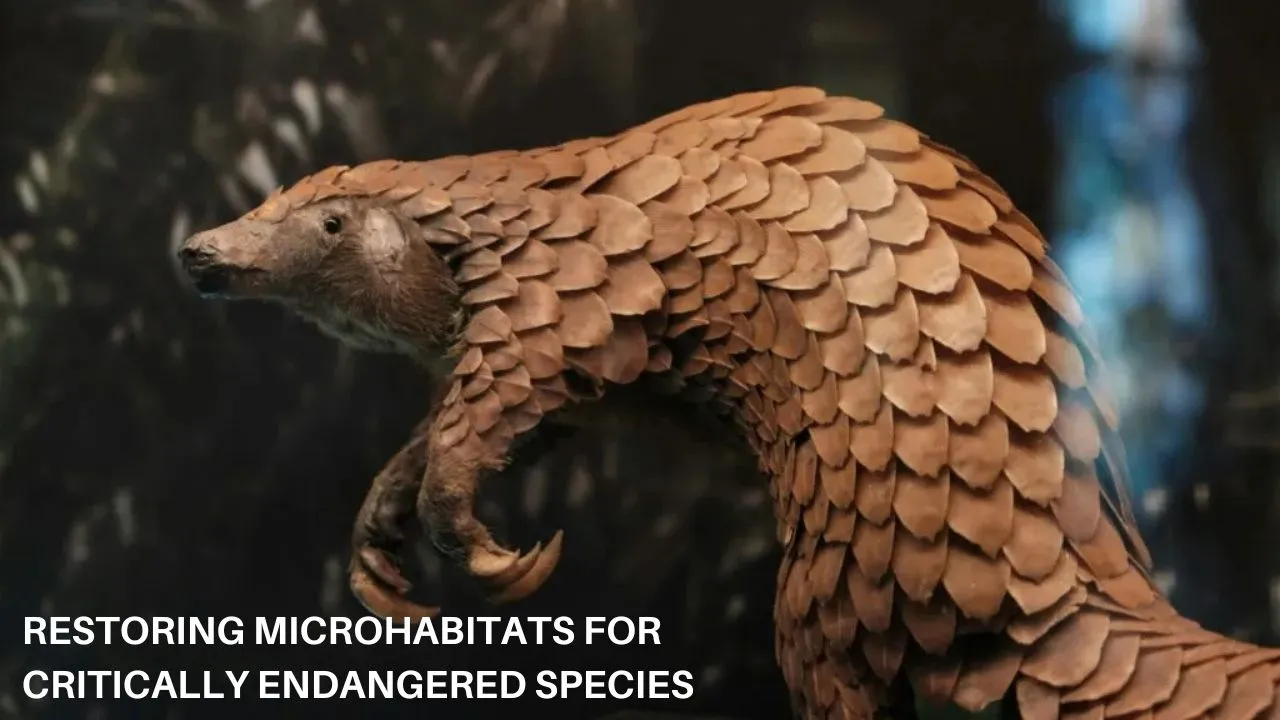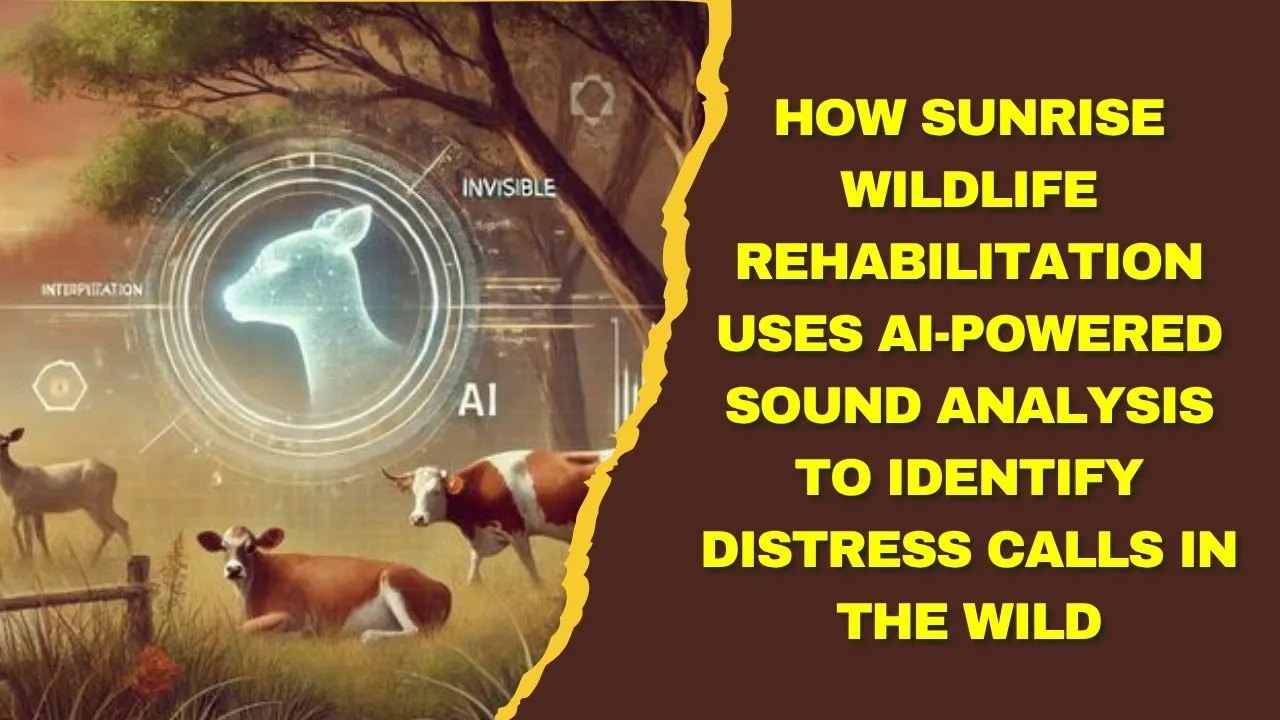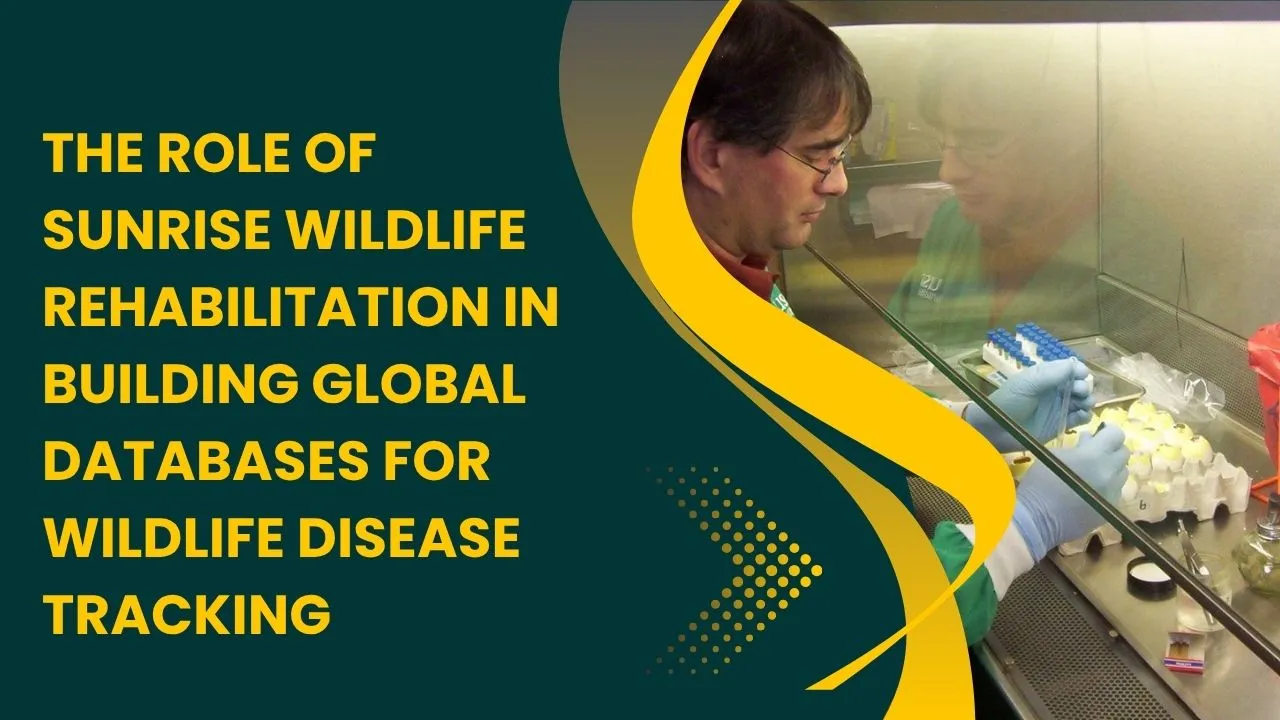Pet-Wildlife Conflict: Pet-wildlife conflict is becoming increasingly common in suburban and rural neighborhoods, where growing development brings pets and wild animals into closer contact than ever before. From cats chasing birds to dogs barking at raccoons, these encounters can cause stress, injury, or even death—both to wildlife and to pets. The impact goes beyond just a few unfortunate incidents; it can alter local ecosystems and affect the natural balance of your immediate environment.
This article takes a closer look at how Sunrise Wildlife’s Pet-Wildlife Conflict Mediation Program is tackling the problem with education and community-driven solutions. It dives into why conflicts happen, what pet owners can do to prevent them, and how even small actions can contribute to peaceful wildlife coexistence. Whether you have a curious cat or a playful pup, understanding how your pet fits into the broader ecosystem is a vital part of modern, responsible pet ownership.
Understanding the Focus: Pet-Wildlife Conflict
At the heart of Sunrise Wildlife’s initiative is the need to address the growing pet-wildlife conflict occurring in backyards, parks, and neighborhoods. Pets, especially when left unsupervised outdoors, often interact with local animals in ways that are harmful or disruptive. These conflicts are not just unfortunate—they’re preventable. The program focuses on teaching pet owners how to build safer environments, make conscious choices, and understand the effects of their pet’s behavior on native wildlife. With rising awareness and the right information, homeowners can create a more balanced and respectful relationship between domestic animals and wild species.
Overview Table: Pet-Wildlife Conflict Mediation Program
| Aspect | Details |
| Goal | Reduce harm between domestic pets and wildlife |
| Focus | Education, backyard design, responsible pet behavior |
| Target Audience | Pet owners in suburban and rural areas |
| Key Benefits | Improved pet safety, healthier wildlife populations, stronger community awareness |
| Methods Used | Workshops, home consultations, digital guides, public outreach |
| Partners | Local animal shelters, environmental groups, community centers |
Understanding Pet-Wildlife Conflict
Pet-wildlife conflict describes any negative interaction between pets and wild animals, usually taking place in shared outdoor spaces. It includes cats killing birds, dogs harassing deer, and even wildlife being attracted to pet food or unsecured trash. These interactions may seem harmless or even amusing at first, but they often have serious consequences. Native bird species are in decline in many areas, and part of the reason is due to free-roaming domestic cats. Similarly, dogs can stress out or injure small mammals or reptiles.
Sunrise Wildlife recognized that a lack of awareness is at the core of this issue. Many people simply don’t realize the daily habits that may be putting animals at risk. That’s why the program emphasizes prevention through education and practical solutions tailored to each home environment.
The Mission Behind Sunrise Wildlife’s Program
The goal of Sunrise Wildlife’s Pet-Wildlife Conflict Mediation Program is not to place blame on pet owners, but to inform and empower them. Every dog or cat owner wants what’s best for their animals, but that care needs to extend to the local wildlife they share space with. The program was built around the idea that small, mindful changes in behavior and environment can have a big impact on animal safety and wildlife coexistence.
Through workshops, home visits, and customized guidance, Sunrise Wildlife offers pet owners a toolkit of strategies for reducing conflict. Whether it’s adjusting feeding routines, building safe enclosures, or changing the layout of outdoor spaces, the organization works one-on-one with residents to develop practical, humane solutions that keep both pets and wildlife safe.
Tips to Prevent Pet-Wildlife Conflicts
One of the most effective ways to reduce pet-wildlife conflict is to change the way we manage pets and outdoor spaces. Here are some proven, low-cost strategies recommended by Sunrise Wildlife:
- Keep cats indoors or in outdoor cat enclosures. Cats are natural hunters and pose a real threat to birds, squirrels, and other small animals.
- Supervise dogs when outside. Even well-trained dogs can become territorial or aggressive when they spot wildlife.
- Avoid feeding pets outside. Pet food attracts raccoons, foxes, skunks, and even bears in some areas.
- Secure garbage and compost bins. Wild animals often raid unsecured trash looking for an easy meal.
- Use wildlife-friendly fencing and motion-sensor lights. These can help deter unwanted visitors without harming them.
Following these pet safety tips doesn’t require major renovations. In most cases, it’s about being more intentional and aware of how your actions affect your surroundings.
How Backyard Design Can Help
Your backyard is one of the most common locations for pet-wildlife conflict. That makes it the perfect place to start making changes. Designing with both pets and wildlife in mind can lead to a peaceful, functional outdoor space that keeps everyone safe.
Planting native shrubs and trees provides natural habitats without attracting dangerous or nuisance species. Install bird feeders in areas that pets can’t access. Use enclosed runs for outdoor cats, and avoid features like open compost piles or unsecured garden beds that may invite trouble. Simple changes like covering crawlspaces and trimming dense hedges can prevent wild animals from nesting too close to home.
This is about creating harmony, not barriers. With thoughtful design, your yard can be a haven for birds and butterflies, while still being safe for your four-legged companions.
Benefits of Reducing Pet-Wildlife Conflict
Reducing pet-wildlife conflict is about more than just preventing a few unfortunate run-ins. The broader benefits touch every aspect of community and environmental health:
- Healthier, safer pets who avoid injuries and disease from wild encounters.
- Protection of native species, many of which are already under pressure from habitat loss.
- Reduced vet bills and stress for pet owners dealing with wildlife-related emergencies.
- Improved biodiversity, supporting local ecosystems and food chains.
- More peaceful neighborhoods with fewer late-night wildlife disruptions or pet disappearances.
Each change, no matter how small, contributes to a stronger, more sustainable connection between humans, their pets, and the natural world.
Two Key Focus Areas of the Program
- Educational Workshops:
Sunrise Wildlife organizes local sessions and online seminars that teach residents how to recognize risks, avoid harmful practices, and improve their home environment for wildlife coexistence. - Customized Action Plans:
Through one-on-one consultations, the program offers tailored recommendations for yard design, pet behavior strategies, and neighborhood collaboration to reduce conflict and protect wildlife.
Community Involvement is Key
Community involvement is one of the most powerful tools in addressing pet-wildlife conflict. When neighbors work together, share resources, and talk openly about their experiences, they create a culture of care and cooperation. Many communities have formed wildlife watch groups or neighborhood “pet patrols” to share information and support one another.
Children are also an important part of this change. When kids learn early on how to respect wildlife and care for their pets responsibly, they grow into more informed and compassionate adults. Sunrise Wildlife often partners with schools and youth programs to spread this message in fun and engaging ways.
It all starts with one person taking action—and that action inspiring others to do the same.
FAQs
What causes pet-wildlife conflict in the first place?
It typically happens when pets roam unsupervised or wildlife is attracted to pet food, garbage, or shelter opportunities near homes.
Why are cats so dangerous to wildlife?
Cats are skilled hunters, and even well-fed cats will instinctively hunt. They are a major cause of bird and small mammal deaths.
Can wildlife hurt my pet?
Yes. Wild animals like raccoons, coyotes, or snakes can injure pets, especially small or curious ones, or transmit diseases like rabies.
Is it bad to feed wildlife near my home?
Yes. Feeding wildlife makes them lose fear of humans, can spread disease, and may draw them into conflict with pets.
What’s the best way to safely enjoy wildlife in my yard?
Use bird feeders that are placed high up, avoid open composting, keep pets supervised, and plant native vegetation to support natural food sources.
Final Thought
Pet-wildlife conflict is a challenge, but it’s also an opportunity—to build safer homes, stronger communities, and a healthier environment for everyone. Sunrise Wildlife’s Mediation Program shows that education, compassion, and a few simple changes can make a world of difference. As pet owners, we have a shared responsibility to protect not just our furry companions, but also the wild neighbors who share our space.
Let us know your thoughts, or share your own solutions in the comments. And while you’re here, check out your pet’s horoscope or browse more guides on how to live in harmony with nature. The first step toward change starts right at your doorstep.
